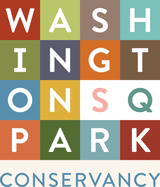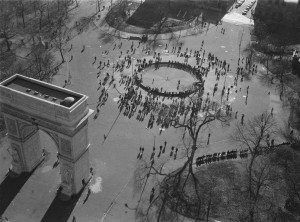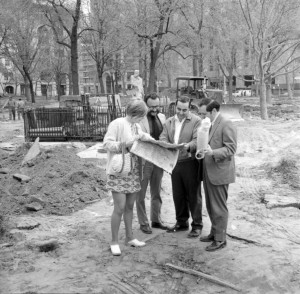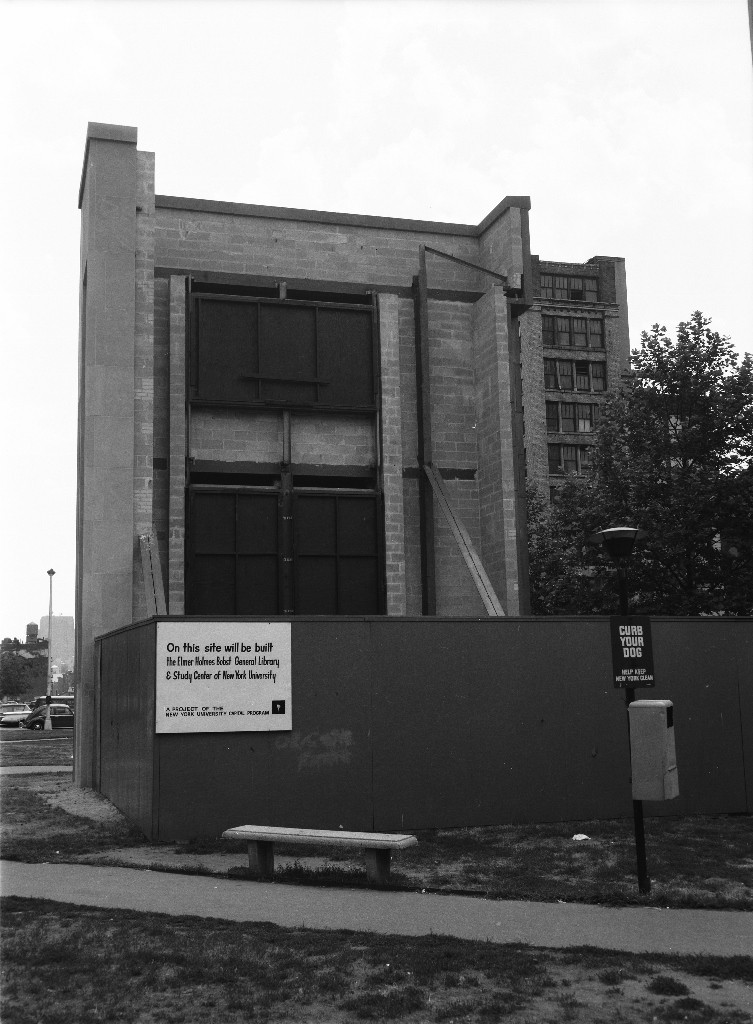Greenwich Village Historic District at Fifty: Washington Square Park in 1969
Located at the center of the Greenwich Village Historic District and built in concert with the burgeoning neighborhood, Washington Square Park is described in the historic designation report as “the handsomest square in the city.” With the celebration of the 50th anniversary of the creation of the district in full-swing, we’d thought we’d take a moment to explore the Park’s role as part of the district.
Historic Districts are created by the NYC Landmarks Commission (LPC), under the NYC Landmarks Law, signed into creation by Major Robert Wagner in 1965. It took four years for the Greenwich Village district to come into being, but it wasn’t because a lack of interest from the community in the architectural protections the law provided. The community was quite keen on landmarking, but locals disagreed on whether to create one large district or several smaller districts. One large district was finally agreed upon, which put Washington Square at the center of it all.
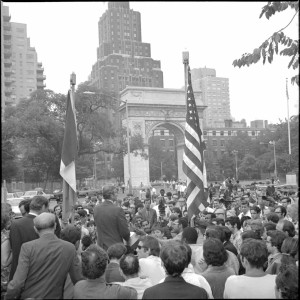
Just a few short months following the designation of the district in April of 1969, NYC Parks broke ground for a much-needed renovation of Washington Square Park. The Park was showing much wear and tear and the community was excited for a new design following the closure of traffic through the Park a decade earlier. That design would ‘sink” the fountain in a series of grade changes within the central plaza, add a raised plaza in the southeast section of the Park and build concrete mounds where the Play Hills are located today. During that renovation, a time capsule placed when the monument was first installed was found while relocating the Garibaldi statue.
Reading the designation report today, it is clear that the LPC was primarily focused on the historic statuary of the Park and less on landscape design. The Washington Arch, and its “Fifth Avenue vista” is noted in the report, along with the Garibaldi and Holley statues. However, the only other mention of the landscape architecture is that of “shade trees with meandering footpaths beneath them … on either side of the centrally located fountain.” It wasn’t until 1973 that the Landmarks Law was amended to include “Scenic Landmarks,” under which Central Park was designated one year later. Unlike the narrative for Washington Square, that report includes the names of the Park’s many champions as well as architects Olmsted and Vaux and their design principles.
While the section of the report featuring Washington Square is spare on details about landscape architecture, other sections of the report certainly express worry about the changing landscape of the neighborhood. And there were plenty of changes in the works for the buildings surrounding the Park. Ten years earlier, Washington Square Village opened as middle-class apartments as part of a larger urban renewal plan by the City. Plans were already in motion to build what is now Bobst Library on the southeast corner of the Park in 1966, when the City Planning Commission approved height and setback exceptions for the building. Community activists, including Verna Small and Jane Jacobs, argued that the building was too large for its surroundings and would cast shadows on the Park.
Fifty years after being designated a part of the Greenwich Village Historic District, Washington Square is as vibrant a community center as it was then. Even with the changes inside the Park and its surroundings, the Park continues to be a historical urban gem.
